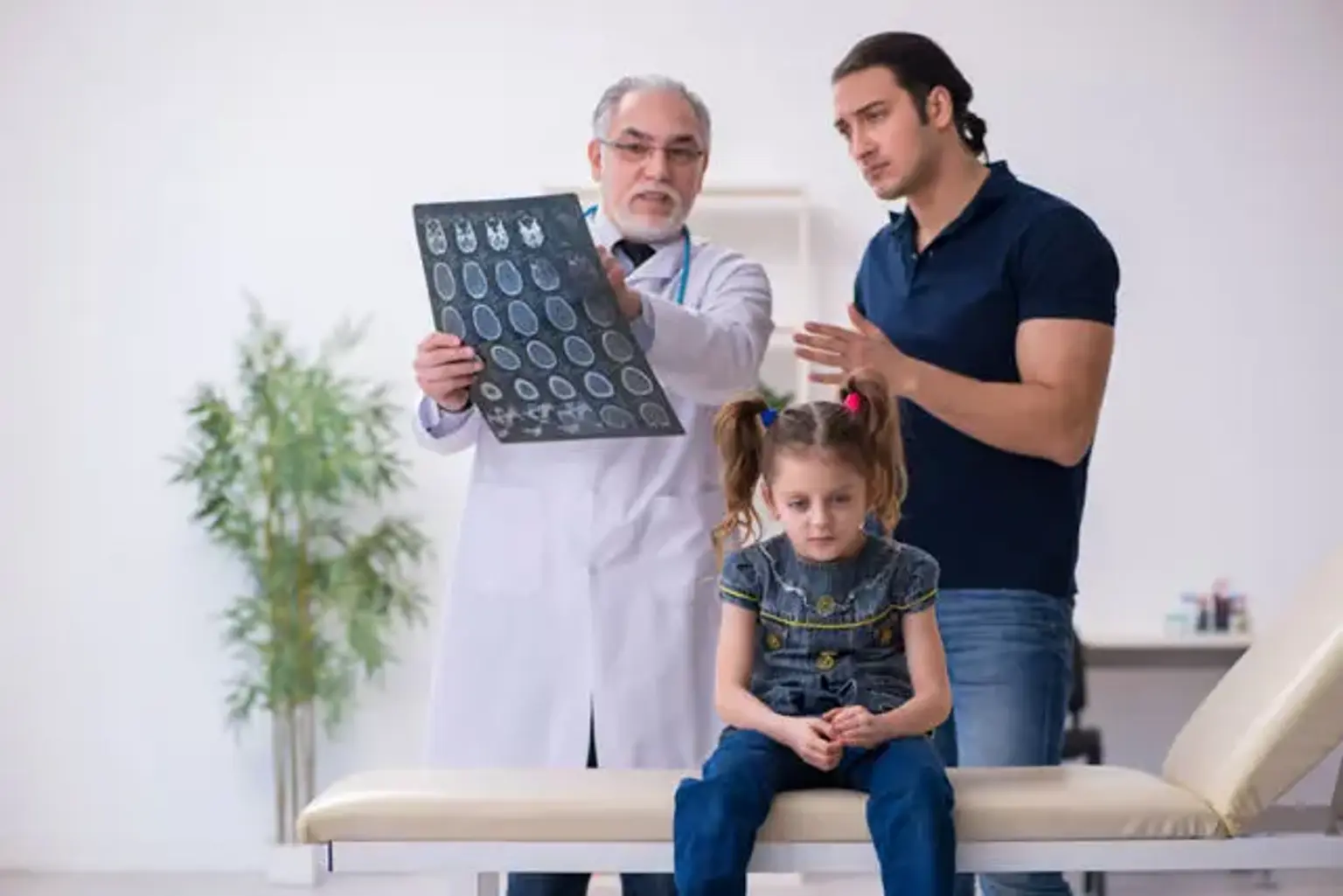Histiocytosis
Overview
Histiocytosis, also known as Langerhans Cell Histiocytosis (LCH) and formally known as Histiocytosis X, is a rare disorder involving particular cells that ordinarily play critical roles in the immune system. While the etiology of LCH is uncertain, it frequently behaves like cancer and is therefore treated by cancer specialists.
Histiocytosis is a broad term for a collection of diseases defined by an abnormal increase in the number of immune cells known as histiocytes. Monocytes, macrophages, and dendritic cells are examples of these.
A histiocyte is a type of immune cell that can be found in many regions of the body, including the bone marrow, bloodstream, skin, liver, lungs, lymph glands, and spleen. Histiocytes go into tissues where they are not ordinarily found and cause harm to those tissues in histiocytosis. Tumors can arise as a result of these proliferating immune cells, which can impact numerous regions of the body.
